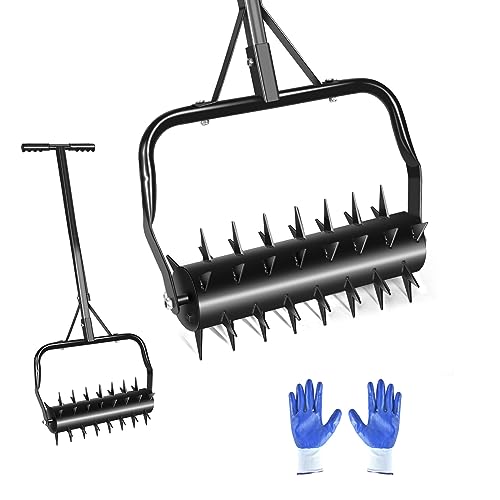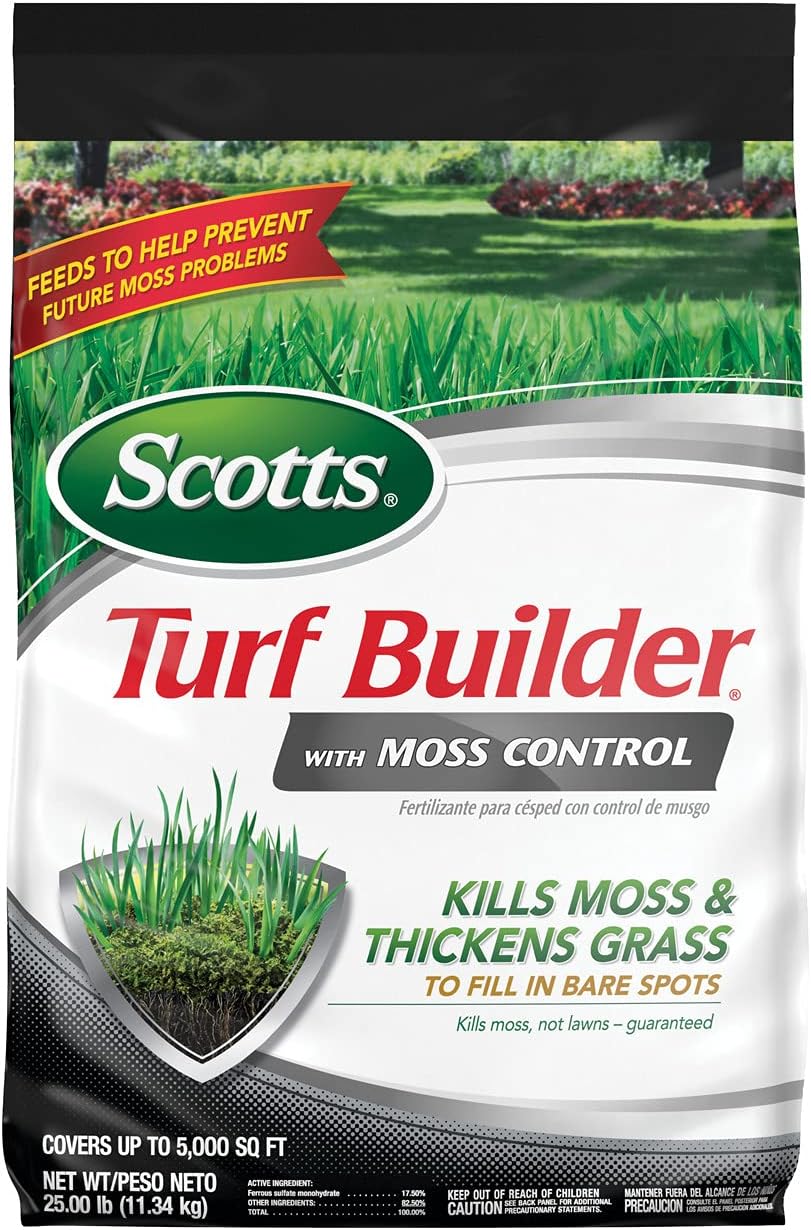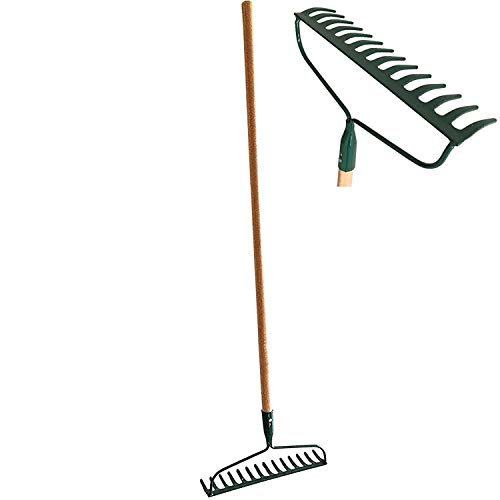How to Get Rid of Moss in Lawns — 5 Tricks to Remove Unwelcome Tufts From Turf Come Springtime
Experts reveal their trouble-shooting tricks for dealing with moss

Moss growing on lawns isn't harmful. In fact, it can be beneficial, protecting tree roots from excess heat, soaking up rainfall and providing a home for beneficial bugs to name a few. However, some gardeners aren't keen on its appearance. If you're someone who prefers a pristine patch of grass, you may want to know how to get rid of moss in lawns.
Spraying toxic chemicals can harm the delicate eco-system in our gardens and will only provide a temporary solution if the underlying lawn care issue is not dealt with. Thankfully there are a number of natural methods to remove moss and prevent its growth.
'It's quite common to find moss on a lawn and it isn't necessarily a problem,' says Julie Henderson, garden advisor at the Royal Horticultural Society. 'It can have benefits, such as keeping the lawn green, it's nice and spongy to walk on and birds use it to line their nests. But if you do decide to remove it, there are some easy ways.'
1. Remove the moss with a rake

Moss is a non-flowering plant with barely any roots, (it's not a weed or a fungus), so raking it up with an ordinary garden rake is the easiest method of removal. 'Raking is simple and great exercise but another way to reduce moss without raking or using chemicals is to use a bacteria-based product like MO Bacter,' says Julie Henderson, garden advisor at the Royal Horticultural Society.
'The bacteria digests the moss and it also contains an organic fertilizer to help strengthen your grass. Apply a handful per square yard in mild, damp weather in spring. It's best to do it just after mowing, follow the instructions and scatter it evenly on the lawn.'
'Using non-chemical methods to get rid of moss is better for pets and it eliminates the conditions that make it possible for moss to grow,' says garden blogger, Tony O'Neill, Simplify Gardening.
'Raking is effective for small patches of moss in your lawn. For a more extensive moss problem, use a tool such as a mower dethatching blade (like this universal one from Amazon).'
The Livingetc newsletters are your inside source for what’s shaping interiors now - and what’s next. Discover trend forecasts, smart style ideas, and curated shopping inspiration that brings design to life. Subscribe today and stay ahead of the curve.
2. Test and adjust the soil pH
Healthy soil and sunlight are required for lush lawns and disease-free gardens in general, and moss growth is a sign of an unhealthy lawn in some respect.
'Moss is often a problem on lawns growing in part shade,' says Charlie Nardozzi, author, Month-by-Month Gardening New England. 'Moss grows because the lawn grass isn’t getting enough sun, the soil pH is too low, or the soil is thin because of underlying rocks or ledge. You can correct some of these conditions to eliminate the moss and bring lawn grass back in those areas.'
'First, rake out the moss,' says Charlie Nardozzi, 'Then, based on a soil test, add lime to raise the pH to between 6.5 and 7.0. The soil is the foundation of your garden, and having healthy, fertile soil will reduce overall maintenance.'
3. Trim trees to allow more light and topdress the lawn
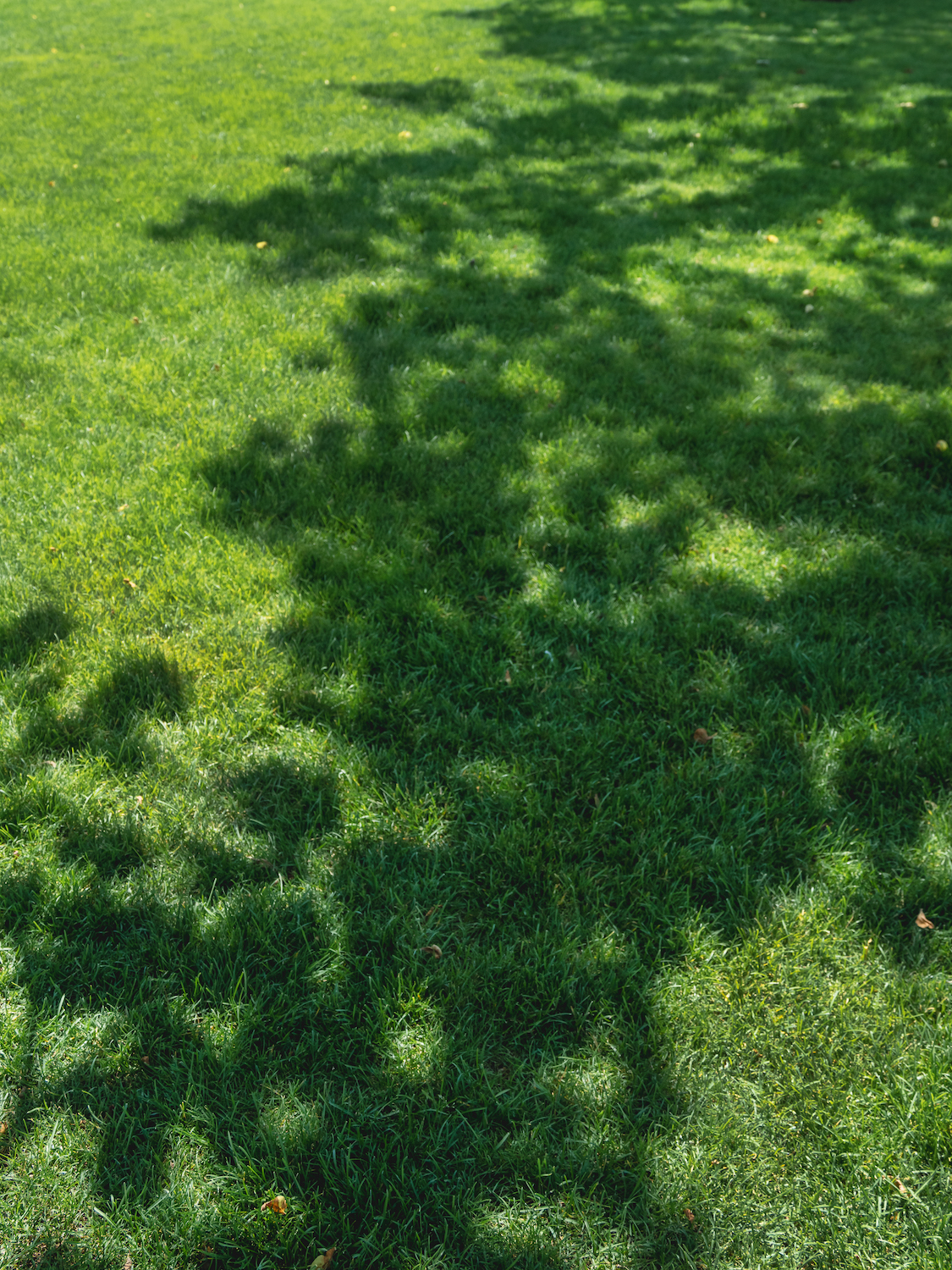
A thick healthy lawn won't allow moss to thrive, so ensuring your grass has the best conditions and is well maintained is key. It might be too much outdoor shade created by trees that is causing your grass problems.
'Prune tree branches to allow more light into the area and topdress the lawn with compost,' continues Charlie Nardozzi. 'Sow grass seeds, and hopefully the lawn will grow in thick.
'Moss isn’t all bad. If you have a moist area under evergreens, moss may be the perfect groundcover solution. Moss looks inviting, but it isn’t as sturdy as grass, so don’t plan on walking on it much.'
4. Aerate and dethatch your lawn
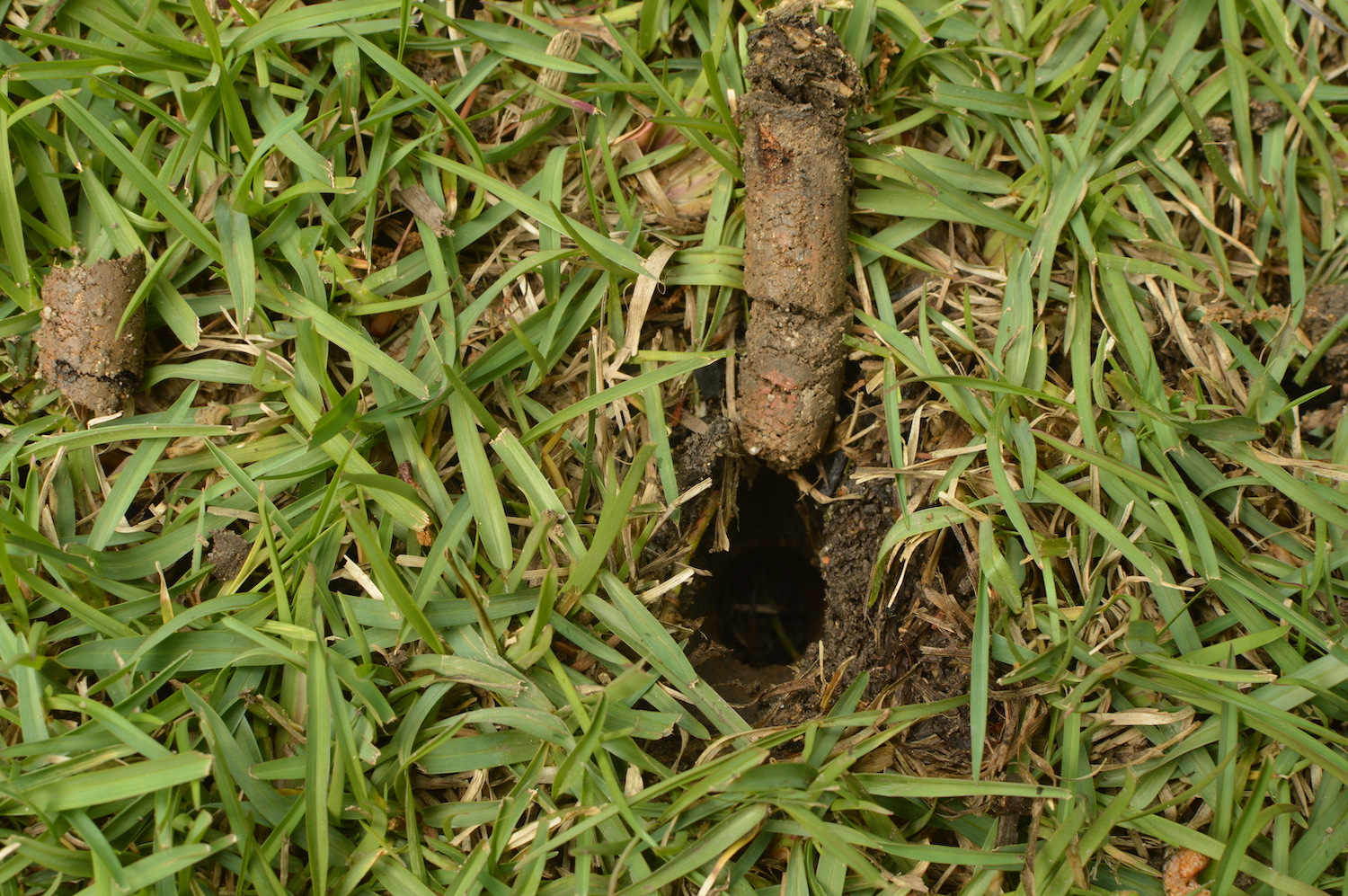
Even if you get rid of moss, it may return, if you don't address the cause. Maintaining soil health and encouraging good grass growth is the best way to prevent moss from coming back.
If you aerate a lawn, it will reduce soil compaction, support adequate drainage and help the health of your lawn.
Moss usually thrives because of an underlying problem in your lawn according to Tony O'Neill. 'This could include poor drainage, shade, acidic soil and lack of aeration,' he says.
'Good aeration improves drainage and guarantees lawn grass receives enough nutrients and water to thrive. Improving drainage discourages moss growth, as it thrives in damp areas.
'Thatches block effective drainage in the lawn too, so dethatch regularly. And avoid cutting grass too short, as that can damage the roots and give moss a chance to grow.'
5. Choose the best grass or shrubs for shady spots

According to the RHS, when re-seeding grass in shaded spots, use a shade-tolerant grass seed mix or turf. 'Most species of grass need four to six hours of full sunlight every day to grow well,' says the RHS expert.
If your lawn still struggles to grow well under the shaded canopy of a large tree, consider growing plants that love shady gardens, such as ferns or pretty shrubs instead.
'Sowing shade-tolerant shrubs, groundcovers and perennials, such as pachysandra in shady spots under trees is a good option to prevent moss growth,' says Tony O'Neill.
Jacky Parker is a freelance lifestyle journalist and writer, producing a wide range of features for magazines and digital platforms. She has written for Livingetc and its sister titles, Homes & Gardens and Country Homes & Interiors for more than 15 years, both as a freelance contributor and as Acting Digital Editor and Acting Style Content Editor, regularly reporting on the latest interiors, gardens and wellness inspiration, speaking to experts in their respective fields, and discovering the best tips.
Jacky has also written for other publications, including Sunday Times Style, The Telegraph, Architectural Digest, House Beautiful, ELLE Decoration, Red, Grand Designs and more.
